Surveillance is common in a professional setting. Companies and supervisors use a wide range of methods and strategies to monitor their workers and the premises, all in the name of security. Within the past two decades, surveillance tools have grown and adapted massively. Nowadays, modern workplaces employ state-of-the-art technology to protect themselves from security threats.
Companies should understand the different methods of surveillance to keep their work environment safe. Here are nine methods of surveillance for businesses to use:
Method #1: GPS Surveillance Technology

GPS tracking in the workplace has a multitude of benefits. It allows you to track assets and maintain surveillance with inventory that doesn't have any security alternatives. GPS can successfully prevent the loss and theft of high-value assets, especially when paired with a private investigator service. GPS can be easily installed through chips and tags, with RFID tags, particularly capable of additional functionality such as tracking inventory schedules.
Method #2: Motion Detection Surveillance
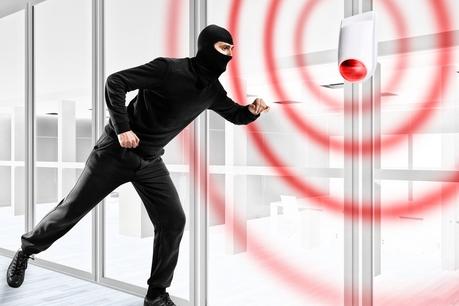
Your workplace probably has off-hours when no one is there. As a means to amplify existing security efforts and provide surveillance when there is no one on-site, motion detection technology can be very important. Motion detection can aid in illuminating property, activating video cameras, and picking up on signals with door and window sensors.
Combined with advancements in physical movement tracking and facial recognition, there will be many opportunities in the years ahead as it relates to using these intelligent technologies to monitor what's going on at your workplace.
Method #3: Telephone Surveillance
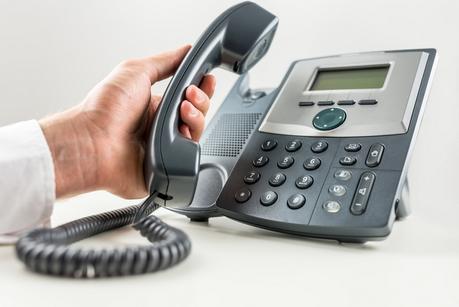
Sometimes, surveillance isn't security-related. It can be tied to analyzing performance. An employer can monitor and record phone conversations for customer service and other purposes. Some jurisdictions have privacy laws related to what's permitted with telephone surveillance. However, it's certainly permitted to some degree everywhere.
Method #4: Computer Surveillance
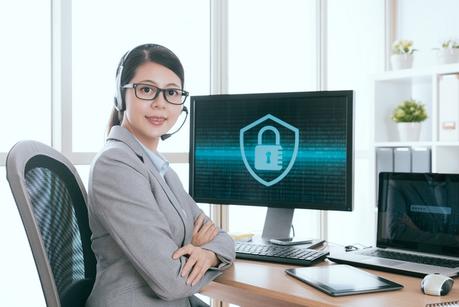
Employers can also tap into their employees' computers, accessing computer screens in use, viewing hard drives, and more. As the equipment belongs to the employer, it is usually within an employer's right to monitor it as they please. Some jurisdictions may prevent this as well as any union-negotiated rules. Computer surveillance can also apply to acts taken to minimize the possibility of hacking and unauthorized accessibility of confidential information.
Method #5: Access Control Systems
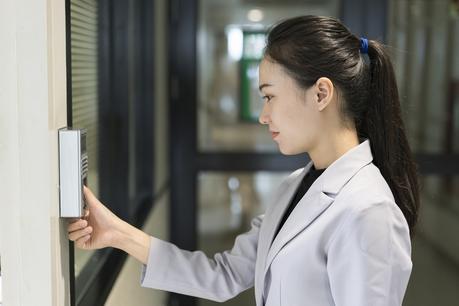
Access control systems use fobs and similar devices to prevent access to unauthorized users. Employees are provided with the information or device to enter. Those who aren't permitted to enter aren't able to. This can be done with a security person at the entranceway as well.
As a method of surveillance, an access control system lets you know who's in the building and who isn't. If you suspect someone is skipping work with regularity, coming in late from a break, or is not present when they are supposed to be, access control systems can almost act as a time clock.
Method #6: Screening Bags On Enter/Exit

Check bags as they enter or exit the workplace is another method of surveillance. This is performed by security personnel. This is to verify that no one is bringing unauthorized devices onto the premises and ensure no assets are being snuck out.
Depending on your enterprise, you might not believe this to be a necessary step in your workplace surveillance. Truthfully, for a lot of businesses, it isn't. That said, screening bags are used in various environments and can be done with X-ray screening.
Method #7: Security Cameras And Video
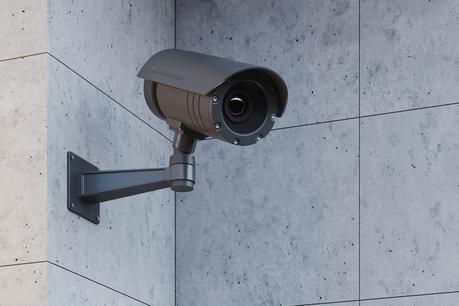
Video is one of the most common methods of surveillance. From financial institutions to warehouses, video not only monitors workplace assets but can be used as evidence if there's a security problem. In places with inventory or cash and risk of harassment, theft, or vandalism, it makes sense to place a camera and route it through a business' security system.
Subsequently, it's also found to increase employee accountability, although there are some employee privacy issues and important legal guidelines to walk with this.
Method #8: Security Personnel
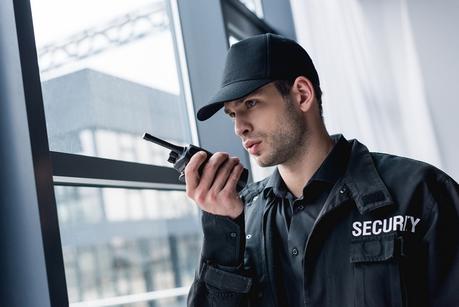
Many companies hire security personnel to patrol larger workplaces, particularly when video cameras cannot see everything. There are many advantages to having security on-site and monitoring the premises and suspicious visitors. Although not infallible, the human element of surveillance is important.
That's why it's important to consider smart security additions, including recent advancements such as facial recognition software and the like. What's recommended varies from business to business and, of course, has to be legally sound.
Method #9: Time And Attendance Software

It is not hard to document one's time online. You can arrange for employee sign-ins through attendance software or even track the time they are logged into a given program. This gives a business a digital record of when employees start and end their day. This can aid in analyzing productivity levels and other matters.

